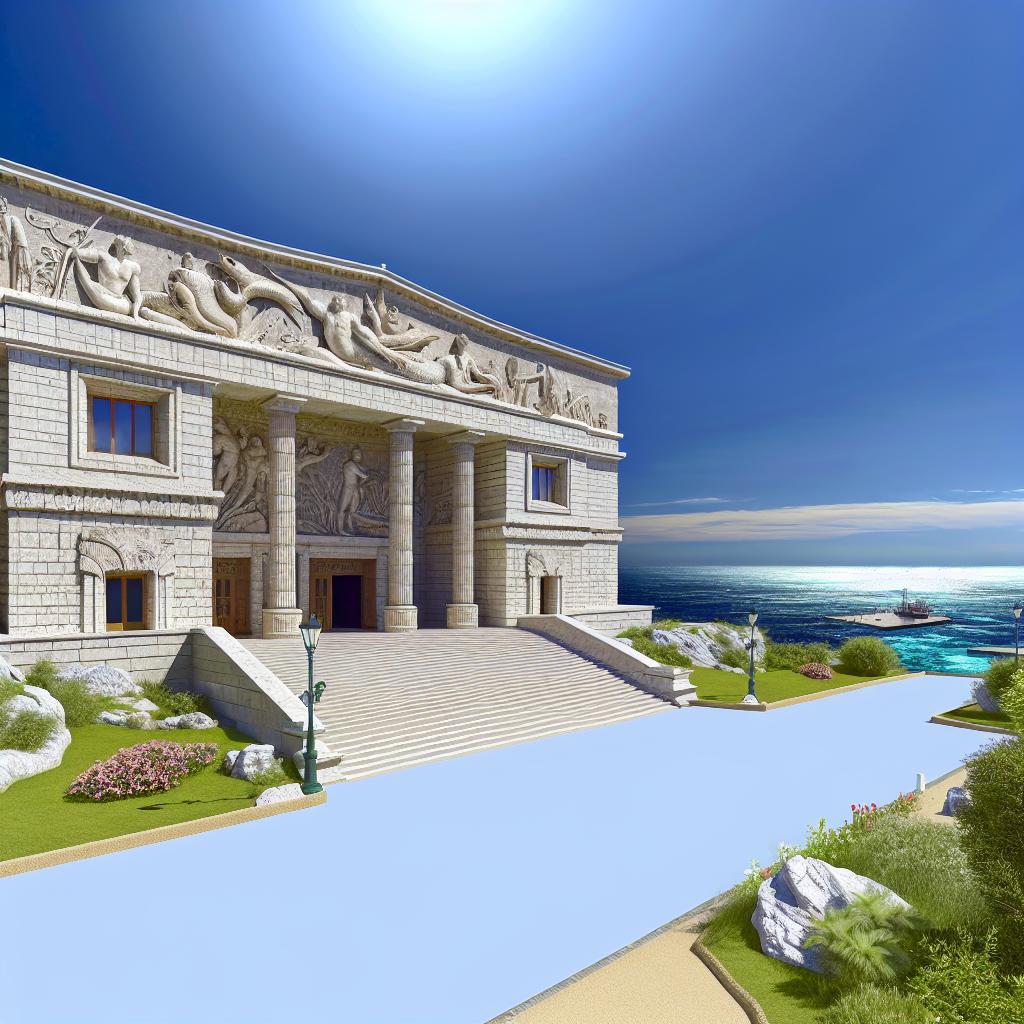Overview of the Central Naval Museum
The Central Naval Museum is a prominent establishment in the realm of maritime history, chronicling the extensive naval heritage of Russia. Residing in the historic city of St. Petersburg, this museum provides a substantial understanding of how Russian naval forces have developed and transformed over the centuries. It is a global hub for those interested in maritime history, offering detailed and articulated narratives of naval advancements and achievements.
Historical Background
The Central Naval Museum was founded in the early 18th century, specifically in 1709, under the directive of Peter the Great. His vision was to create a repository for naval chronicles that could serve the growing Russian navy. This inception marked the beginning of a repository that would capture the essence of Russia’s maritime prowess and document the historical journey of its naval forces. Over the centuries, the museum has metamorphosed significantly, growing its collections and enhancing its status as a critical resource for both enthusiasts and scholars of naval history.
Collections and Exhibits
The museum prides itself on an extensive collection, consisting of over 700,000 artifacts. These conserved items cover a plethora of categories, each shedding light on different facets of naval history and technology.
Ship Models: Visitors can explore a magnificent selection of ship models, some of which originate from the 18th century. These models not only represent the aesthetic appeal of maritime vessels but also serve as educational tools by demonstrating the intricate design and craftsmanship intrinsic to naval engineering over various historical periods.
Historic Documents and Maps: Among the museum’s prized possessions is a substantial archive of historic documents and nautical maps. These records are invaluable for understanding significant naval events and are key references for any study into the maritime endeavors of Russia. They provide firsthand insights into naval transactions and the strategic planning involved in naval operations.
Weaponry: The arsenal on display includes ancient cannons and modern missiles, illustrating the evolution of naval weaponry. These exhibits trace the technological advancements in naval artillery and reflect the ongoing innovations that have shaped naval combat tactics.
Visiting the Museum
Esteemed for its accessibility and welcoming environment, the Central Naval Museum invites visitors to engage with its extensive collections. The museum facilitates guided tours that furnish visitors with a comprehensive understanding of the history of naval tactics and technological innovations in maritime warfare. These tours are meticulously designed to enrich the visitor’s experience by providing historical context and details about the exhibits. Additional information on visiting hours, ticket prices, and special exhibitions can be found on their official website.
Educational Programs and Research
In addition to its remarkable exhibits, the Central Naval Museum is a beacon for educational outreach and scholarly research. The museum hosts a series of workshops, lectures, and seminars aimed at cultivating a deep appreciation for naval history. These programs are tailored to meet the needs of diverse audiences, from students to seasoned researchers, encouraging a broadening of understanding and engagement with maritime history.
The museum’s resources are invaluable to academics and historians, offering a wealth of information and primary materials for research projects that explore various dimensions of maritime history. Collaborations with academic institutions and research bodies further enhance the museum’s profile as a key contributor to the field of maritime studies.
In sum, the Central Naval Museum stands as a sentinel of Russia’s naval heritage, conserving and curating the stories of naval endeavors that have significantly shaped Russia’s history. It is not merely a repository of artifacts but a vibrant educational hub that continues to inspire and educate future generations about the historical trajectory and significance of naval history. Through its vast collections, educational programs, and research initiatives, the museum enables a broader understanding and appreciation of the complexities and achievements within maritime history.

